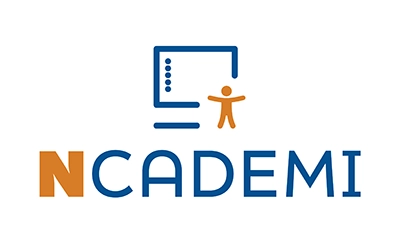What are the Quality Indicators?
The Quality Indicators (QIs) for the Provision and Use of Accessible Materials in PreK-12 Systems explain the actions states and school districts take to ensure students with and without disabilities can use their learning materials. The QIs are presented in two different sets, Quality Indicators for Accessible Digital Educational Materials and Quality Indicators for Accessible Formats, reflecting the laws that guarantee students with disabilities access to educational materials. To determine which set to prioritize for your setting, compare the sets of Quality Indicators and explore the Decision-making Guide.
From Indicators to Action
Why the Quality Indicators?
Students with disabilities are at risk of falling behind in educational progress when the learning materials provided in schools are inaccessible to them. For example, consider the following common experiences for students with disabilities across PreK-12:

Early Learning Barrier
Carly, a visually impaired preschooler, misses out on cognitive and social growth when district-approved digital tools require sight to interact.

Gaps in Literacy & Engagement
Nisha, a middle schooler with a reading disability, disengages when offered below-grade print books instead of accessible, grade-level materials.

Lack of Access Limits Achievement
Adrian, a deaf high schooler, struggles to achieve in his advanced courses because class videos are poorly captioned and transcribed.
Overcoming Barriers
Learning barriers created by inaccessible materials, whether print or digital, are avoidable. When state and local educational agencies work together to translate awareness of accessibility into practice through implementation of the Quality Indicators, they overcome these barriers by ensuring the materials selected or created for use in general education are consistently usable by students with and without disabilities.


